
Welcome to the Pain and Neuroinflammation Imaging Lab
(PI: Marco Loggia, PhD)
Who are we?
The Loggia Lab’s main research questions focus on the brain mechanisms of pain in humans. We are particularly interested in the evaluation of neuroimaging metrics as potential biomarkers of clinical pain, and in the identification of brain alterations occurring in patients suffering from chronic pain conditions.
Some of the lab’s most recent work focuses on the exploration of the role of non-neural cells in the brain (glial cells) and their interplay with neural cells as a potential pathophysiological mechanism in patients with chronic pain. While neuroinflammation has been the subject of intense investigation in animal models, as of today it has been heavily understudied in humans.
In the quest to achieve a deeper understanding of the brain mechanisms of human pain, we use a variety of psychophysical and brain imaging techniques, such as functional magnetic resonance imaging (fMRI) – including Blood Oxygen Level Dependent (BOLD) fMRI and Arterial Spin Labeling (ASL) – as well as integrated Positron Emission Tomography / Magnetic Resonance (PET/MR) imaging.
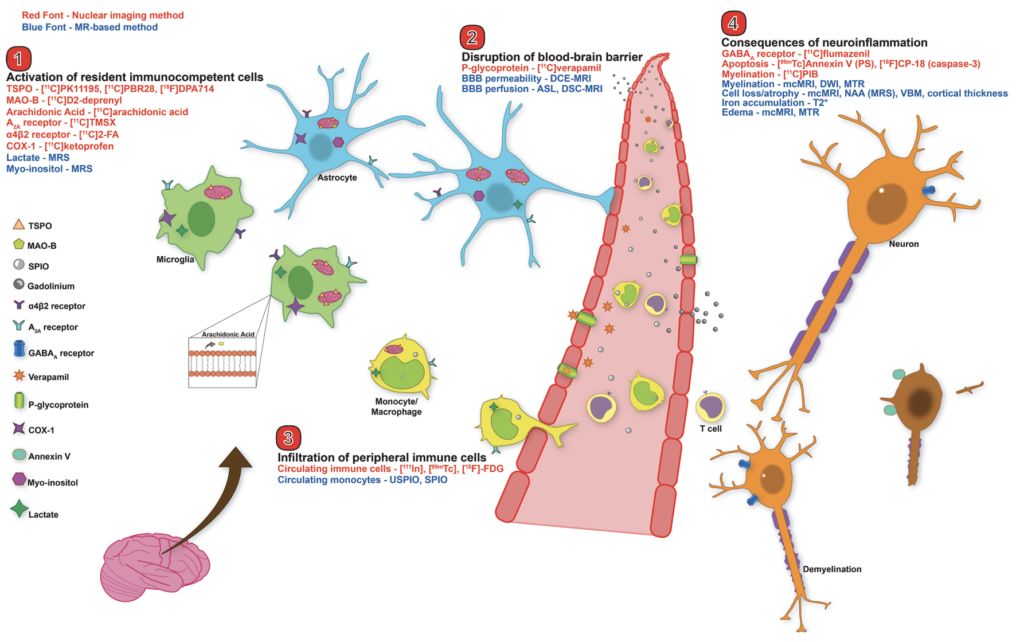
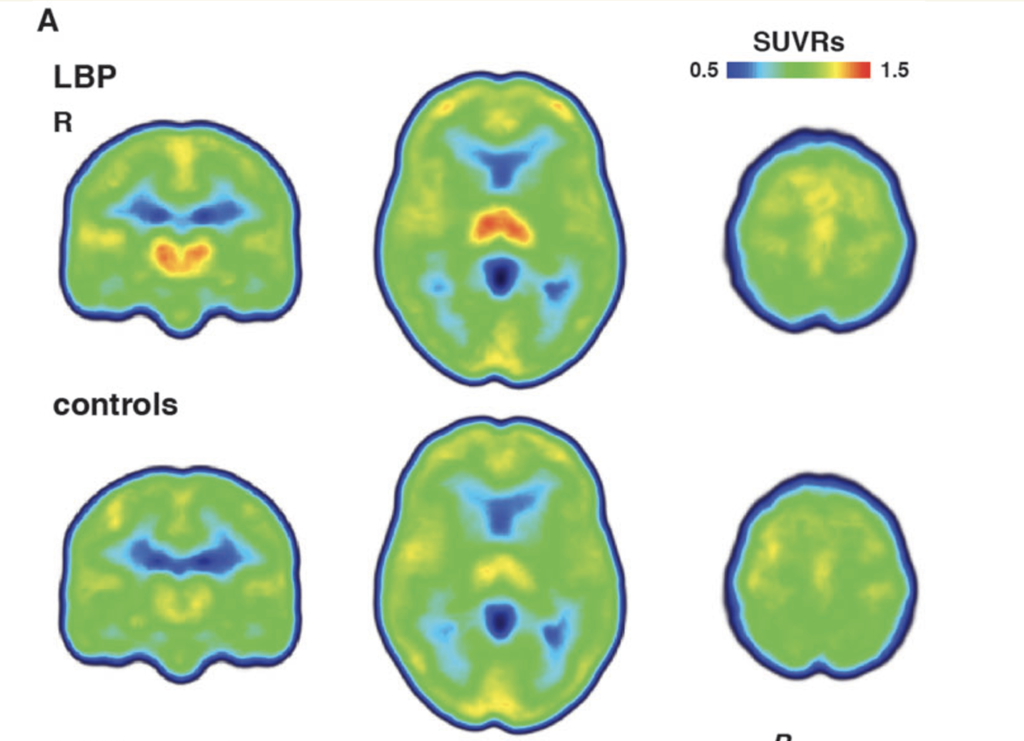
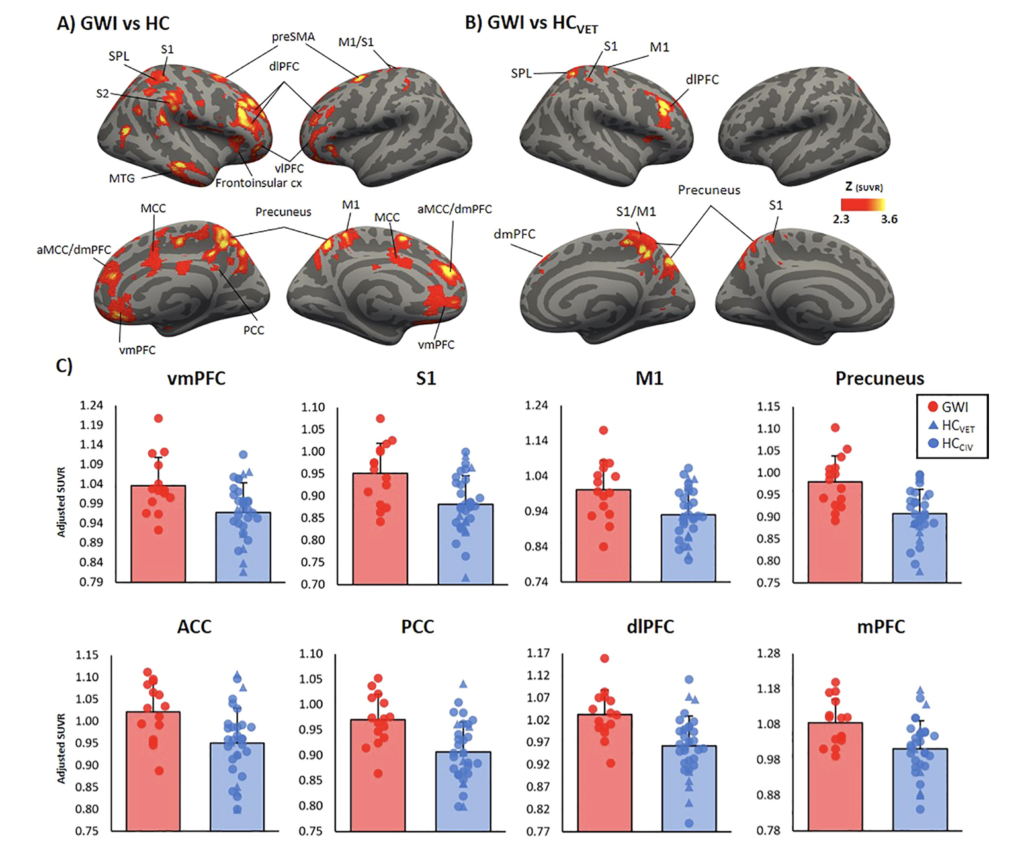
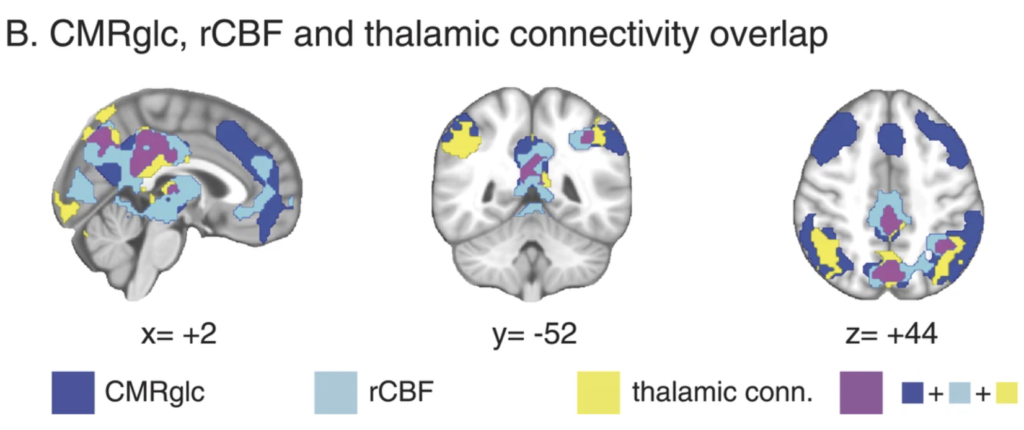
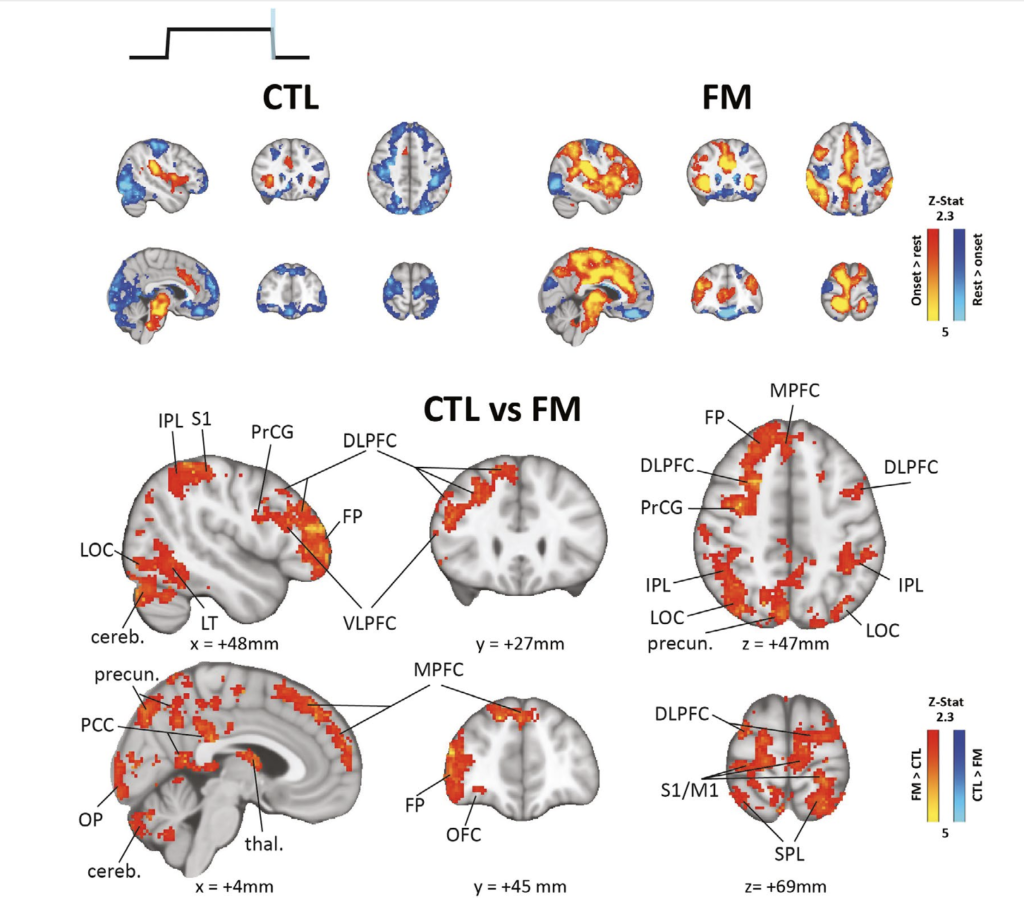
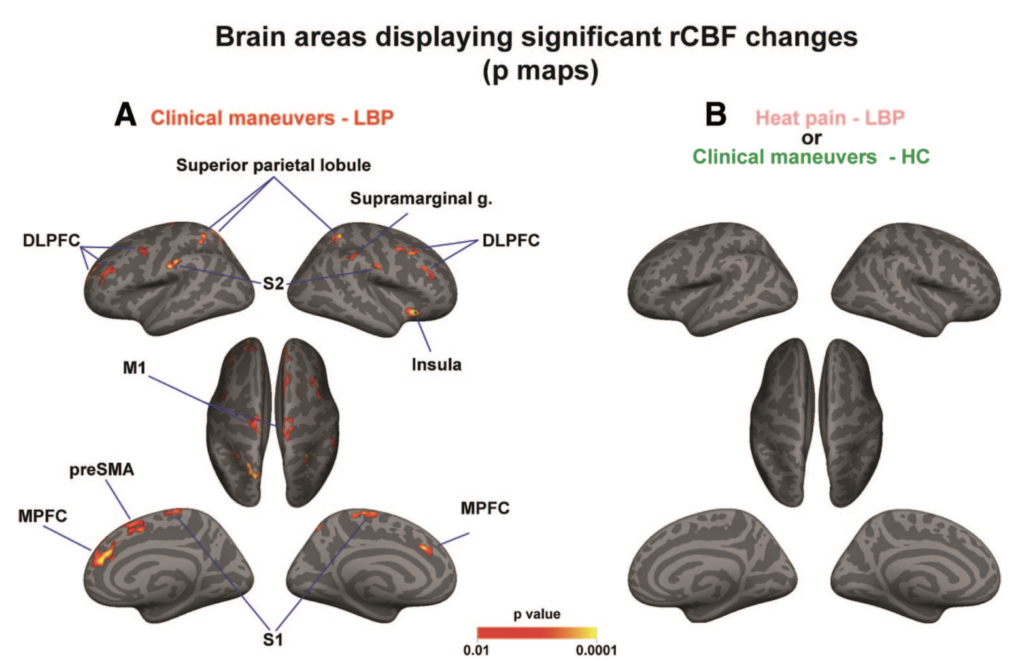

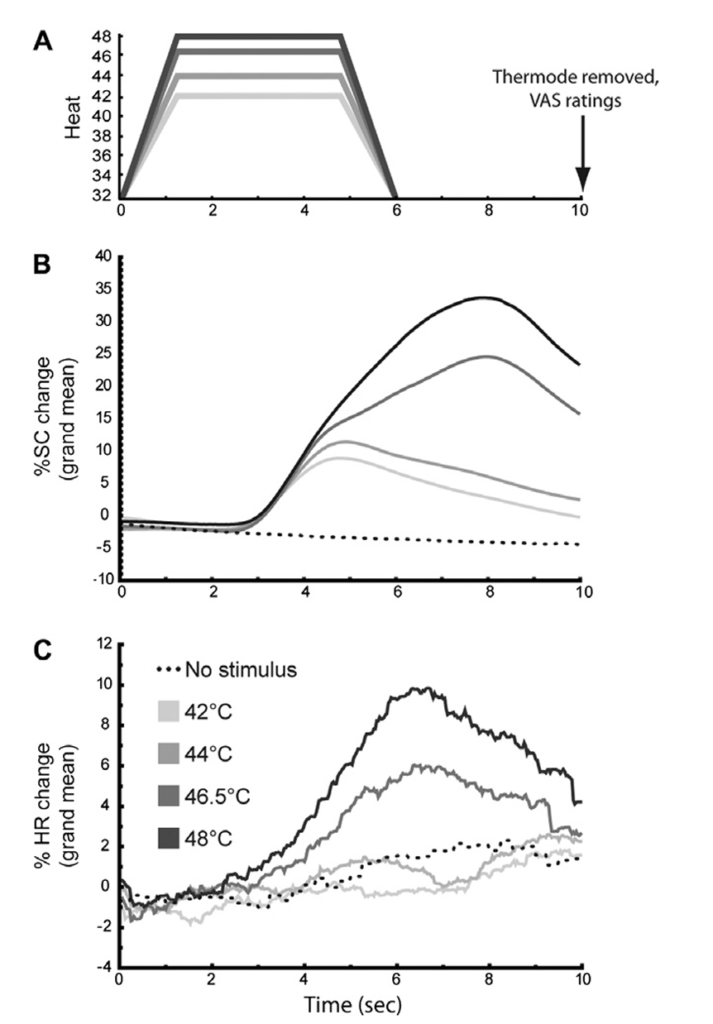
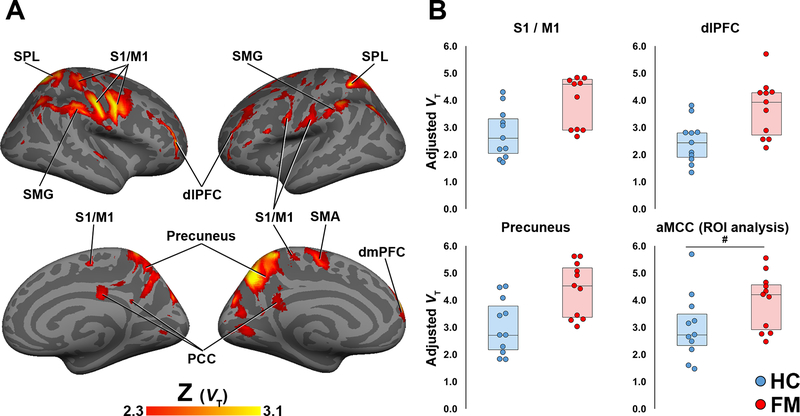
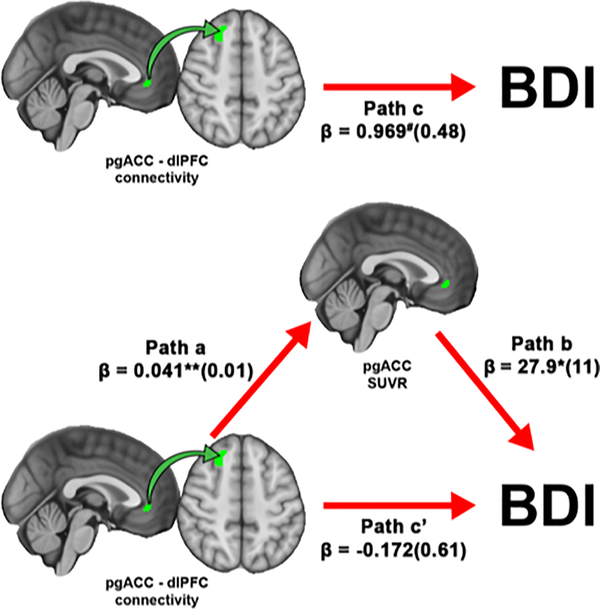
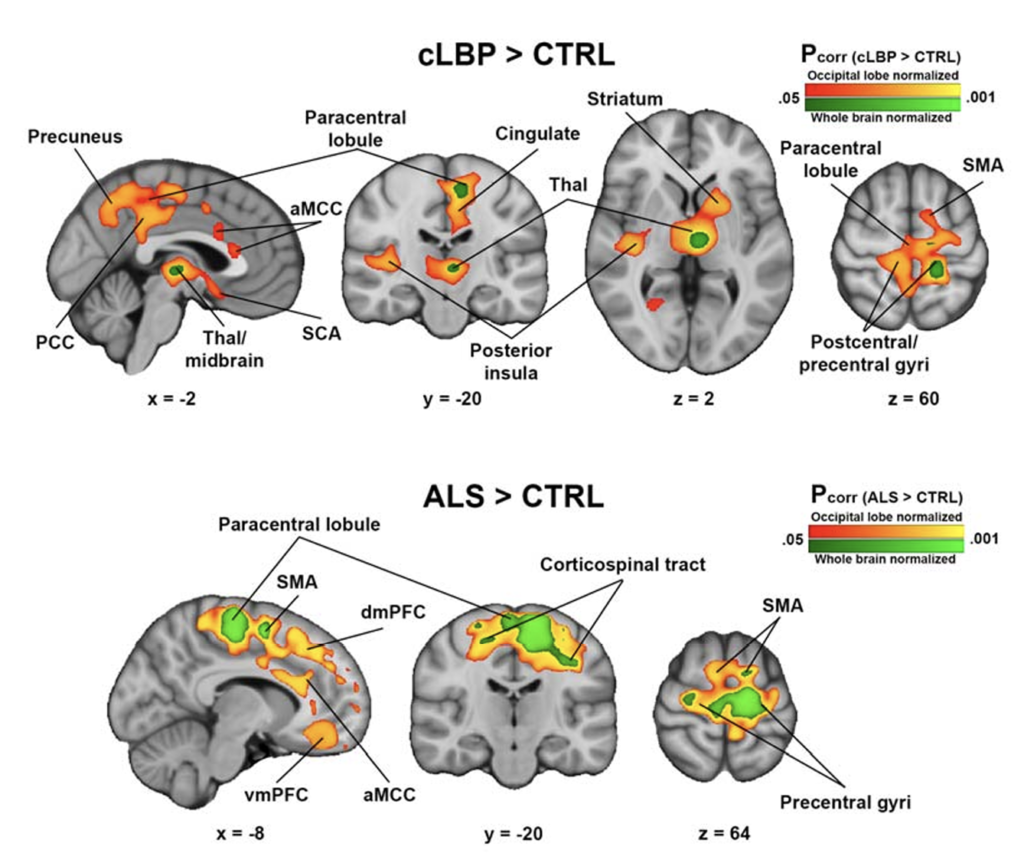
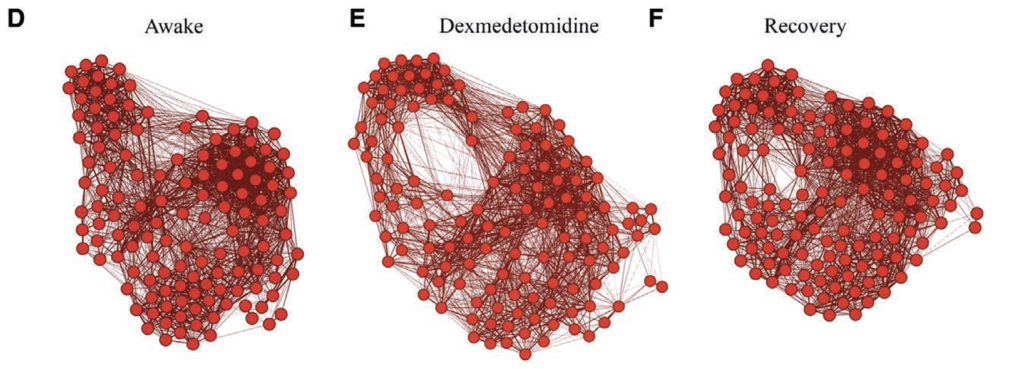
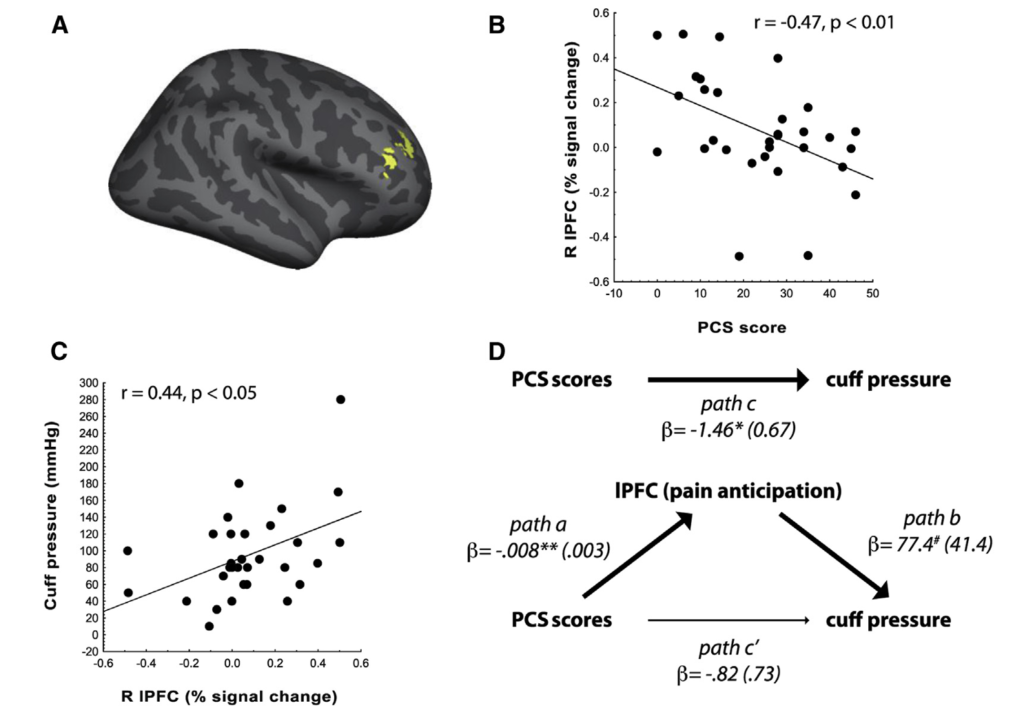
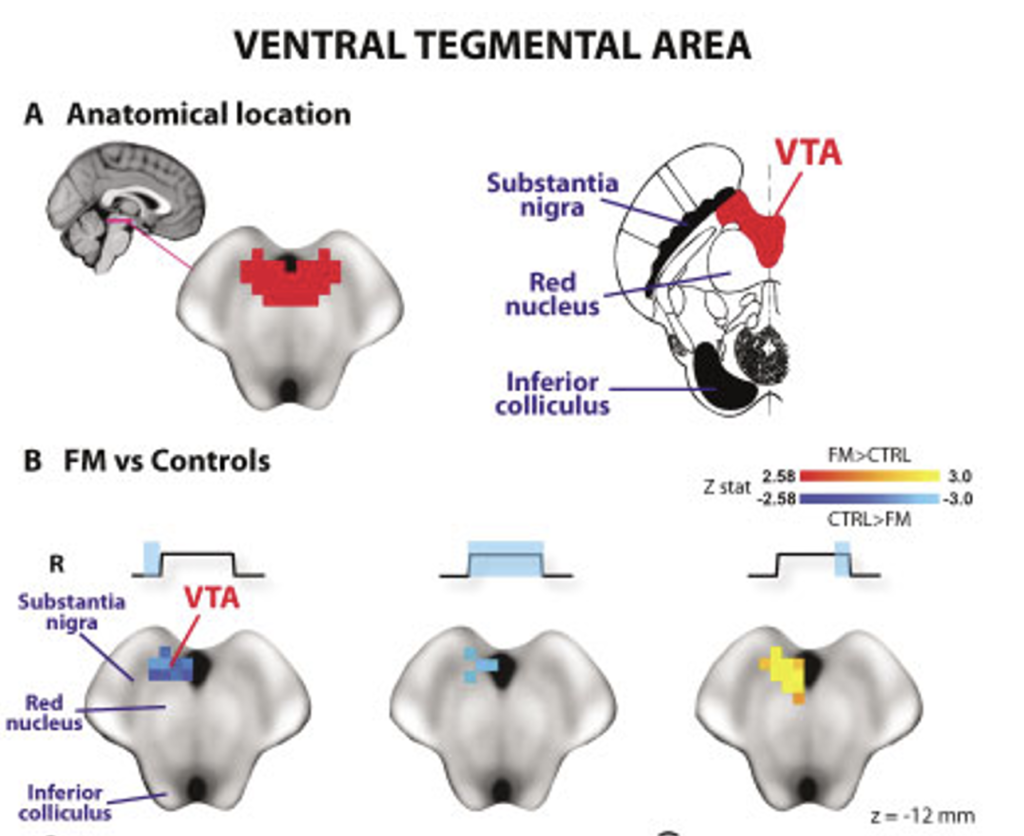
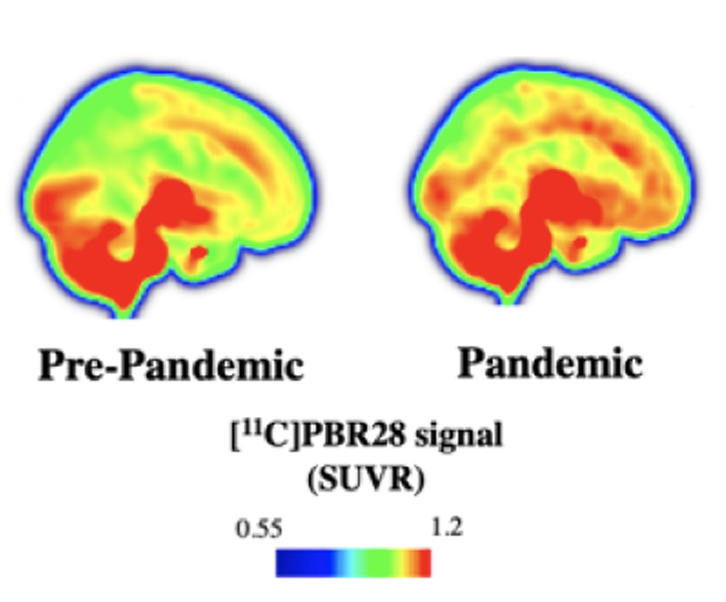
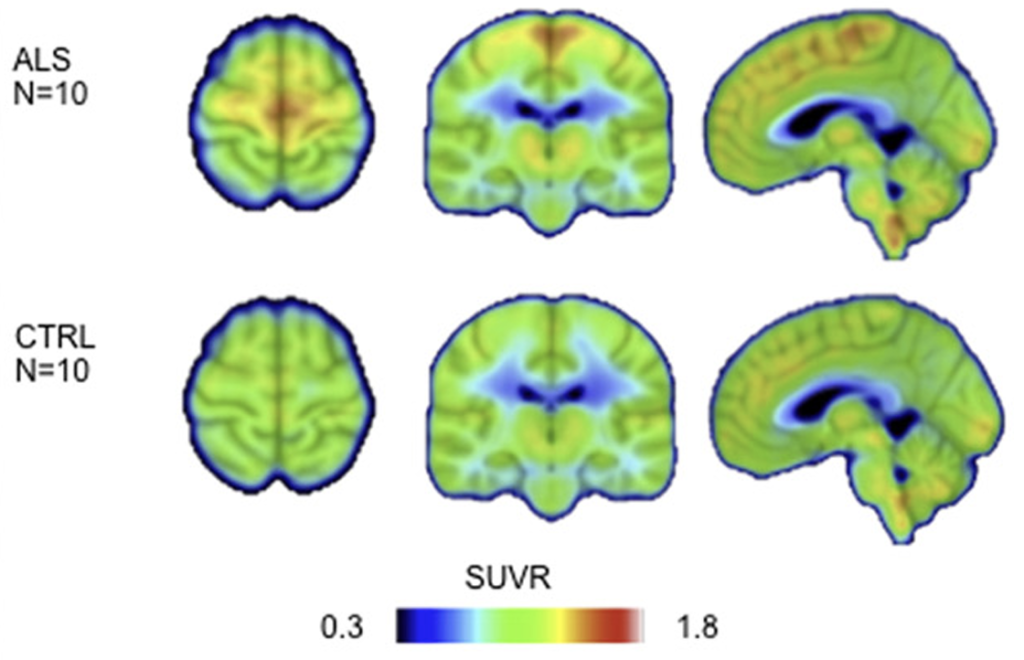
Latest News
- Check out our recent paper: “Investigating the potential of minocycline in reducing brain inflammation in chronic low back pain: a randomized, placebo-controlled mechanistic clinical trial”Our recent paper presents findings from a clinical trial evaluating whether minocycline affects brain inflammation in individuals with chronic low back pain. Abstract: Our group has shown that translocator… Read more: Check out our recent paper: “Investigating the potential of minocycline in reducing brain inflammation in chronic low back pain: a randomized, placebo-controlled mechanistic clinical trial”
- New paper “The association between white matter chronic inflammation and degeneration in multiple sclerosis: A combined 11C-PBR28 PET-MRI study” published in collaboration with the Mainero lab!Check out the recently published paper on the association of white matter inflammation and degeneration in multiple sclerosis. This paper is published in collaboration with Caterina Maneiro’s research group… Read more: New paper “The association between white matter chronic inflammation and degeneration in multiple sclerosis: A combined 11C-PBR28 PET-MRI study” published in collaboration with the Mainero lab!
- New paper “Trigeminal nerve microstructure is linked with neuroinflammation and brainstem activity in migraine” out now!We are pleased to announce a newly published paper on the relationship between Trigeminal nerve microstructure, neuroinflammation and brainstem activity. Background: Although the pathophysiology of migraine involves a complex… Read more: New paper “Trigeminal nerve microstructure is linked with neuroinflammation and brainstem activity in migraine” out now!
- New paper “Extra-axial inflammatory signal and its relationship to peripheral and central immunity in depression” out now!We are pleased to announce a new paper on the relationship between peripheral and central immunity in depression and extra-axial inflammatory signal in collaboration with King’s College London and… Read more: New paper “Extra-axial inflammatory signal and its relationship to peripheral and central immunity in depression” out now!
- Read About Marco’s academic journey in a recent article featured on the Pain Research ForumBackground: The study of inflammation in chronic pain conditions has evolved dramatically over the past decade, largely thanks to the pioneering work of researchers like Marco Loggia, Associate Professor… Read more: Read About Marco’s academic journey in a recent article featured on the Pain Research Forum
- New paper on the relationship between skull marrow TSPO signal and inflammation in depression in collaboration with King’s College London, University of Cambridge, and University of Padova is out now!We are pleased to announce a new publication on the relationship between skull marrow TSPO signal and inflammation in depression in collaboration with King’s College London, University of Cambridge,… Read more: New paper on the relationship between skull marrow TSPO signal and inflammation in depression in collaboration with King’s College London, University of Cambridge, and University of Padova is out now!


